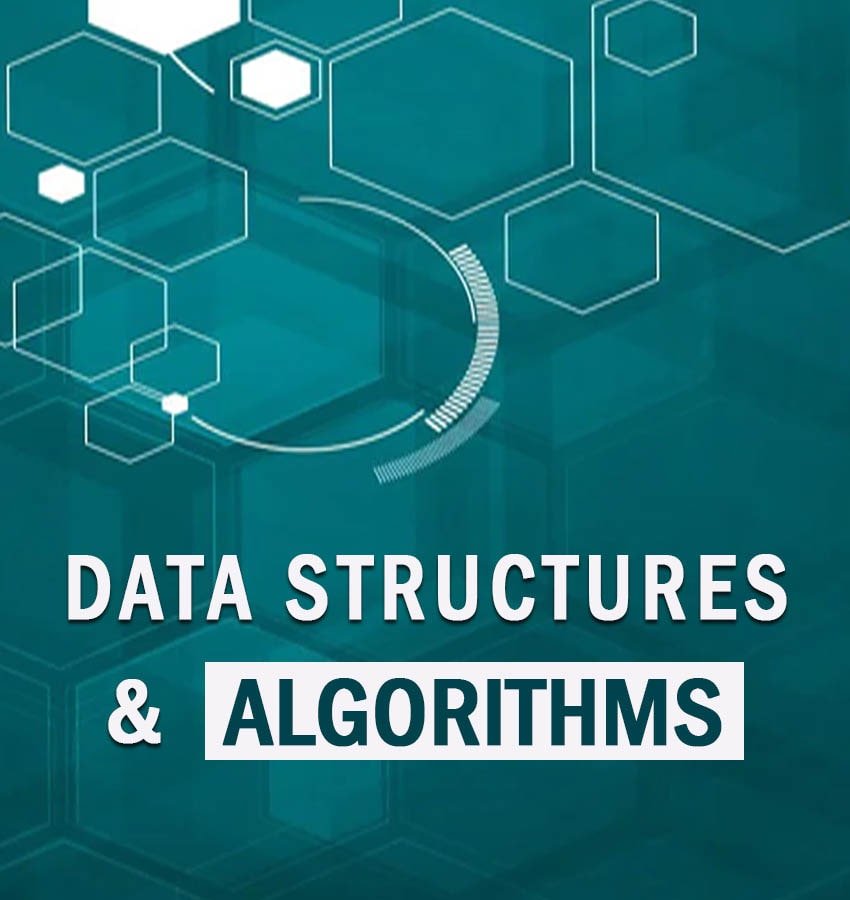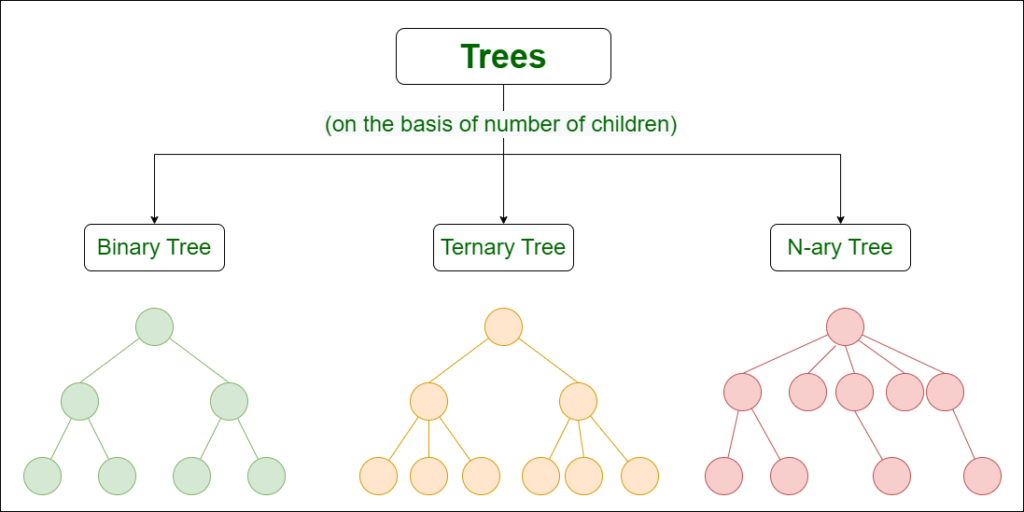
Data Structures and Algorithms
Data structures and algorithms form the backbone of computer science. They offer solutions for organizing and manipulating data efficiently, allowing us to easily solve complex problems. One of the most basic data structures is an array.

An array is a collection of elements that can be accessed using an index. It is a straightforward way to store and retrieve data. However, arrays have a fixed size, which means that adding or removing elements can be time-consuming. This is where linked lists come in. Linked lists are data structures that consist of nodes, each node containing a value and a pointer to the next node. This allows for dynamic resizing, as new elements can be added or removed easily by changing the pointers. Linked lists are particularly useful when dealing with large amounts of data or when the size of the data is unknown.

Another important data structure is the tree data structure. A tree data structure is a hierarchical structure that consists of nodes connected at their edges. Each node can have multiple children, except for the root node, which has no parent. Tree data structures are used in many applications, such as the representation of file systems, organization of hierarchical data, and implementation of search algorithms (such as a binary search). Trees can also be used to solve graph-related problems, which brings us to our next keyword.

Graphs are complex data structures that consist of nodes, also known as vertices, and edges that connect these nodes. Graphs can be used to represent relationships between objects or to model real-world networks like social networks or transportation systems. They are incredibly versatile and can be used to solve a wide range of problems, such as finding the shortest path between two nodes or determining the connectivity of a network. Knowledge of graph algorithms is essential in fields like network optimization, social network analysis, and recommendation systems.

In conclusion, understanding data structures and algorithms is crucial for any computer scientist or software engineer. Arrays, linked lists, trees, and graphs are just a few examples of the many data structures that exist. Each data structure has its pros and cons and is suited to different types of problems. By choosing the right data structure and employing efficient algorithms, we can optimize our code and solve complex problems efficiently. So whether you’re developing software, designing algorithms, or analyzing large datasets, having a solid understanding of data structures and algorithms will undoubtedly give you an edge over competitors in the same ecosystem.
Disclaimer: For illustration purposes, the images used in this post were taken from www.geeksforgeeks.org


